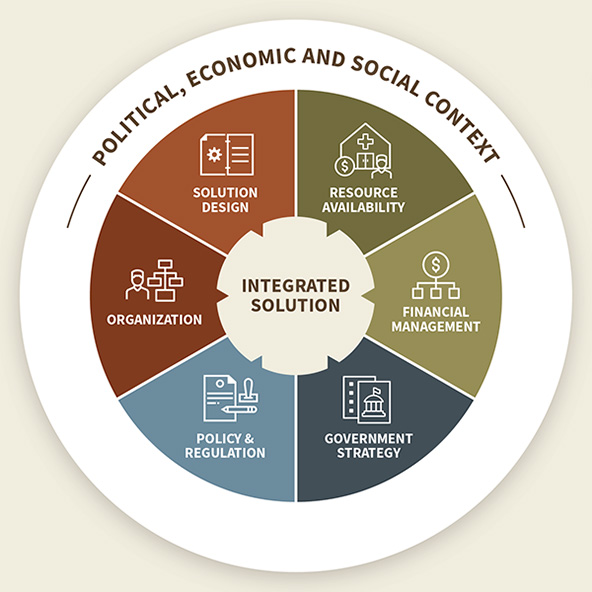Laurence Scott at the New Atlantis: “But while there are few things more clearly of-the-moment than our biggest video-sharing site, YouTube is also the closest thing we have invented to a time machine: Its channels open new routes back to the past. Over these years I’ve come to understand that my YouTube, what I make of it, is one of the most melancholy places I’ve ever visited. I find that I turn to it to experience an exquisite kind of sadness, born from its way of restoring lost time only to take it away once more. The scenes and atmospheres of the past that come and go — as copyright infringements are enforced or channels simply subside — are like digital visitations, having the capriciousness and the fragility of all revenants.
history of our era may one day be told through the hungry, wide-angle lens of YouTube. Adding hundreds of hours of footage to its archive every minute, YouTube captures the appetites and deliriums of our times. Historians of the future will be able to trace contemporary ethics in the site’s “community guidelines.” This evolving document records our prohibitions. It defines the territory of acceptable behavior and the scope of our vision, setting limits on what we can permit one another to see. How will the short-lived “Bird Box Challenge” — in which people recorded themselves performing daily tasks blindfolded, endangering themselves and others in imitation of the eponymous film — come to mark our relationship to reality in our increasingly mediated, movie-like world?
The digital era has given more people than ever before the ability to turn into instant videographers, recording life as it occurs simply by holding up a smartphone. Consider the relative rarity of citizen footage of 9/11, compared to how comprehensively that event would have been documented today.With the improving robustness of live-streaming software, it’s not surprising that video-hosting sites such as YouTube and Facebook have become broadcasters of the ever-unfolding moment. Both sites were widely criticized after the mass shooting at a mosque in Christchurch, New Zealand in March, which the perpetrator live-streamed on Facebook. The initial stream was viewed live by about two hundred people, but before Facebook removed it, users recorded it and re-uploaded it to Facebook over a million times. They also uploaded it to YouTube: A spokesperson told the Guardian that the site had received an “unprecedented” volume of content showing the horrific event, with the rate reaching a new video uploaded every second. The sites struggled to subdue these gruesome scenes, which nightmarishly returnedmore quickly than their content moderators, both human and automated, could remove them…
But while there are few things more clearly of-the-moment than our biggest video-sharing site, YouTube is also the closest thing we have invented to a time machine: Its channels open new routes back to the past. Over these years I’ve come to understand that my YouTube, what I make of it, is one of the most melancholy places I’ve ever visited. I find that I turn to it to experience an exquisite kind of sadness, born from its way of restoring lost time only to take it away once more. The scenes and atmospheres of the past that come and go — as copyright infringements are enforced or channels simply subside — are like digital visitations, having the capriciousness and the fragility of all revenants….(More)”.

